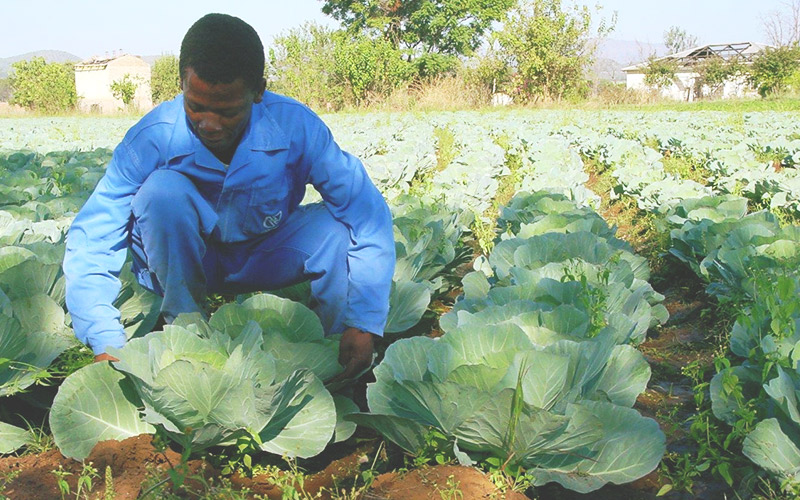Food, Agriculture, Natural Resources Policy Analysis Network
Measuring Vulnerability to Climate Change in Southern Africa
Lesotho, Malawi, Swaziland and South Africa
Is it possible to quantify a household’s vulnerability to climate change? FANRPAN has developed a tool that seeks to do just that.
The Household Assets Vulnerability Assessment (HAVA) categorizes a household by assessing “external” vulnerability that is introduced by shocks such as disease and climate change and the “internal” ability of such a household to withstand them. This includes a household’s access to and use of five capital assets: natural, social, physical, human and financial. It then classifies the household into three levels of low, medium and high vulnerability.
By building a detailed picture of which households are vulnerable, and the capital assets they lack, interventions can be developed that are carefully matched to the needs of communities.
Since its creation in 2004, the livelihood data of over 30,000 households in eight southern African countries has been collated. It has been integrated with climate data to determine the most cost-effective climate-smart agriculture policies in Lesotho, Malawi, Swaziland and South Africa. In South Africa, for example, the cost benefit results suggest households need to move towards the use of drought resistant crop varieties and conservation farming both in Limpopo and Eastern Cape.
All studies confirmed that the HAVA tool is useful for planning and policy development, because it provides a yardstick for determining the extent of certain social challenges and thus makes it possible to measure the progress of a particular development programme, strategy or policy over time.
As part of FANRPAN’s latest project, Agriculture to Nutrition (ATONU): Improving Nutrition Outcomes through Optimized Agricultural Investments, evidence from the HAVA tool on which agricultural livelihood factors are most important for improving nutrition will be used to inform nutrition-sensitive interventions and advocacy for policy change.




